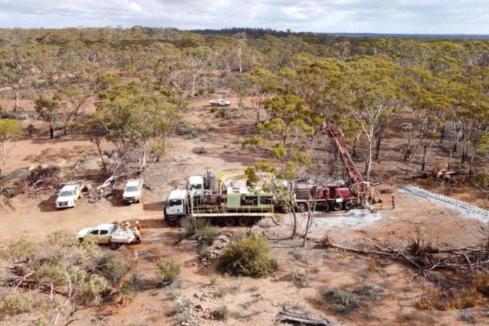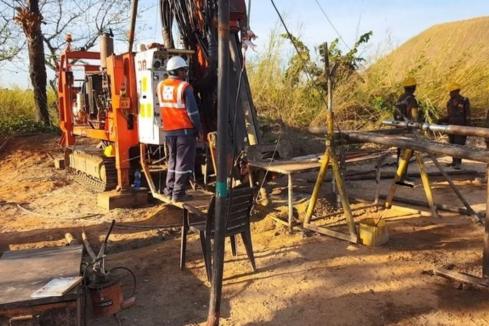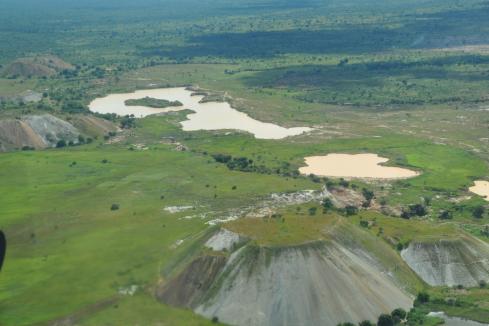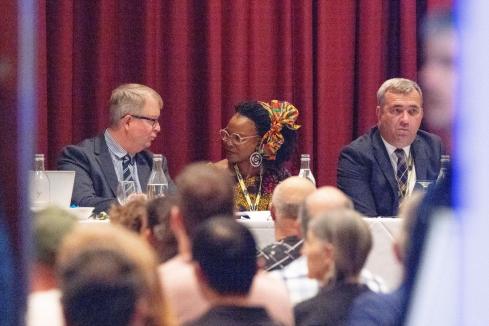AVZ Minerals has completed its Phase 1 metallurgical test work program for the Manono lithium-tin project in Africa, which continued to deliver strongly encouraging results in line with other global lithium-mineralised pegmatite ores and supports its ongoing DFS. Testing has generated a spodumene concentrate that exceeds 6% lithium oxide and the company will now scale-up the work to a pilot-scale size.

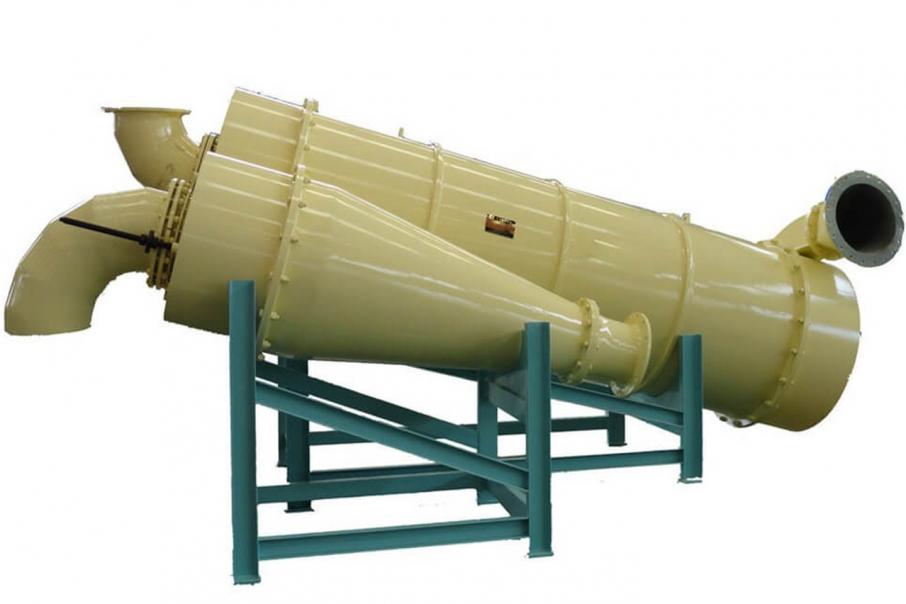
Following on from August’s encouraging metallurgical test work results from its large Manono lithium-tin project in the Democratic Republic of the Congo, or “DRC”, AVZ Minerals has revealed that dense media separation, or “DMS”, work supports the initial heavy liquid separation, or “HLS”, testing.
Comparative laboratory-scale HLS and DMS testing completed at typical 5.6mm and 3.35mm crush sizes generated a spodumene concentrate, or “SC”, product that exceeded 6% lithium oxide.
AVZ said the results are in line with other global lithium-mineralised pegmatite ores and that it will now scale-up the met work to a pilot-scale size for Phase 2.
Sighter testing using a 250mm cyclone-fitted, industrial size DMS pilot plant has been undertaken and also confirmed confidence in laboratory-scale equipment, procedures and conventional ore separation techniques.
Importantly, analyses of DMS concentrates have shown that iron and mica mineral concentrations are within chemical-grade lithium concentrate specifications, but outside the higher-value ceramic grade limits.
The company added that it would continue investigations into the source of the iron, which may provide direction on whether a further reduction in the contaminant may be possible and hence if ceramic grade limits could be achieved from the ores.
Preliminary high-pressure grinding roll, or “HPGR”, testing on a 300kg ore samples also indicated that ore materials have similar comminution, or fine mineral particle, characteristics to other mined lithium pegmatite ores, management said.
AVZ has now completed the Phase 1 metallurgical test work program for its Manono project in the DRC.
Managing Director Nigel Ferguson said: “We are continuing to see encouraging results from the metallurgical test work that has been undertaken so far.”
“In the DMS100 test, a 5.56mm crush produced a lithium oxide recovery of 59% at an SC grade of 6.1% while at a finer 3.35mm crush, the results were even better, delivering a lithium oxide recovery of 66% at an SC grade of 5.8%.”
“Initial test work performed on coarse, lithia concentrates returned a tin recovery of approximately 32% creating a 4.7% tin dioxide rougher concentrate. Increasing tin grade via cleaning without significant tin loss is likely given the degree of tin dioxide liberation observed.”
“HLS test work has also demonstrated that tin is reasonably well liberated in undersize fractions <0.5mm. Lithia also appears to be well liberated in the finer size fractions and the planned tabling test work will ascertain the extent of possible tin recovery from this fine material. There will be an opportunity to recover a tin rich stream from the lithia concentrate stream with simple gravity separation techniques employed.”
“Further optimisation of the larger DMS250 industrial-scale test will be completed in the next round of work (and) as yet (we have not investigated) any further downstream treatment to increase purity of grades such as optical sorting, magnetic separation or other methodologies.”
The results from the Phase 1 program will now allow GR Engineering Services to rapidly advance the company’s definitive feasibility study for the project, which should hit the streets in the first quarter of 2020.
Ore samples were obtained from AVZ’s world-class Roche Dure ore system in the DRC, which holds 400 million tonnes grading 1.65% lithium oxide and 715 parts per million tin.
Large crystals of the sought-after lithium mineral spodumene occur throughout the Roche Dure ore deposit and the strongly encouraging met results returned to date are in line with expectations and will give the company great confidence that the project might be developed economically.
Spodumene is typically beneficiated from hard rock lithium ores by DMS at coarse grind sizes and then a flotation of the finer products to produce concentrates at 6% lithium oxide or above for export.
The dense tin and tantalum ores that accompany the lithium mineralisation can also be recovered by DMS as valuable by-products.
So far, so good for this intriguing project in the heart of Africa, which continues to tick all the boxes.
Is your ASX listed company doing something interesting ? Contact : matt.birney@businessnews.com.au







